Is a picture window right for your home? Design pros share how to get them right to perfectly frame garden views
This is everything you need to know about picture windows to maximise the benefits they offer
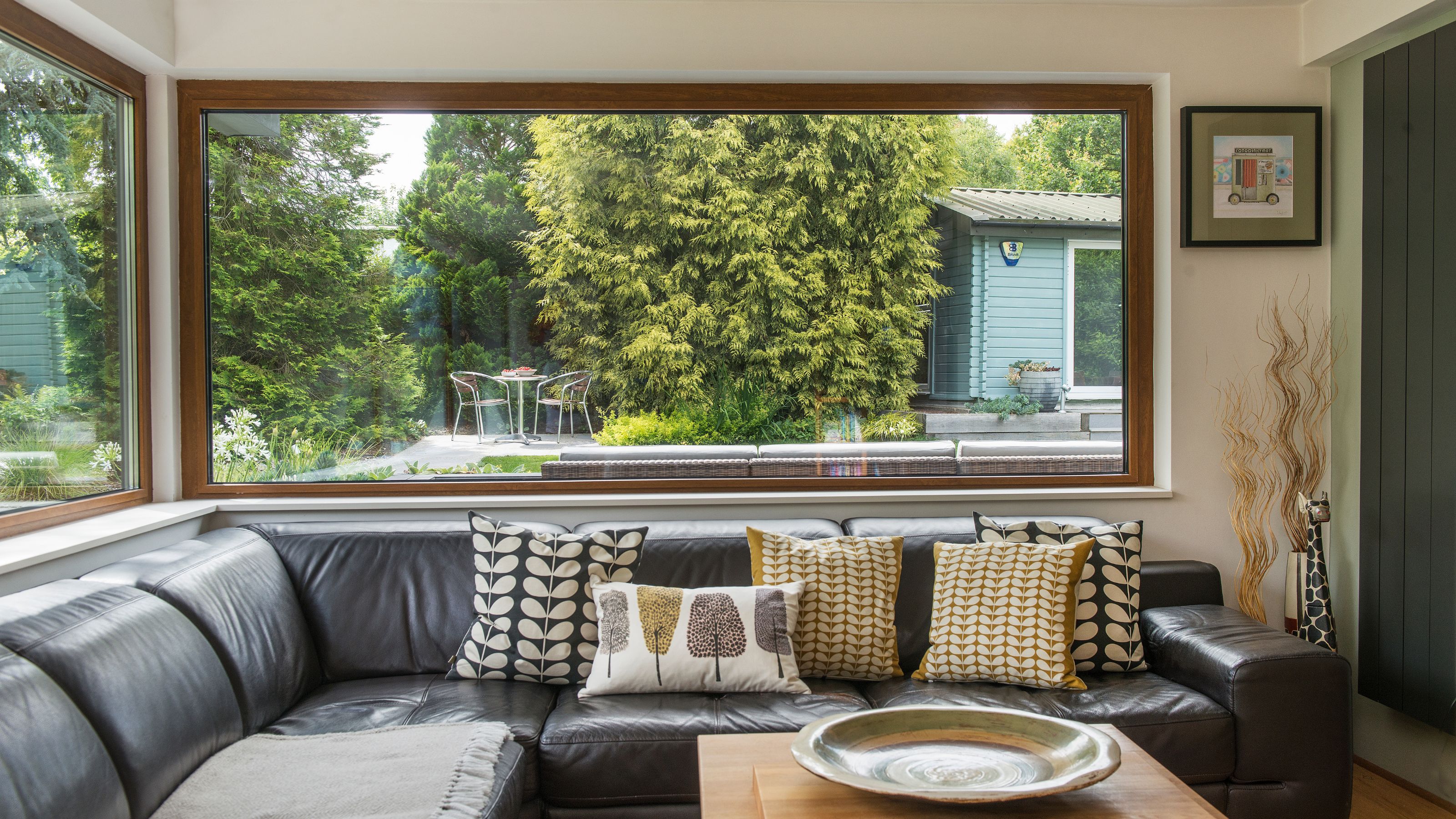

Picture windows have seen a huge surge in popularity in recent years with more and more homeowners catching on to their many benefits.
These types of windows do far more than let in oodles of natural light – they also act as an architectural feature in their own right and can even double up as a cosy reading nook or window seat with the best views in the house. If you are currently considering replacement windows then this is a style well worth looking into.
If all of this sounds like something you want a piece of, our guide is here to explain everything you need to know about this style of window, from where they work best to how much they are likely to set you back cost-wise.
What is a picture window?
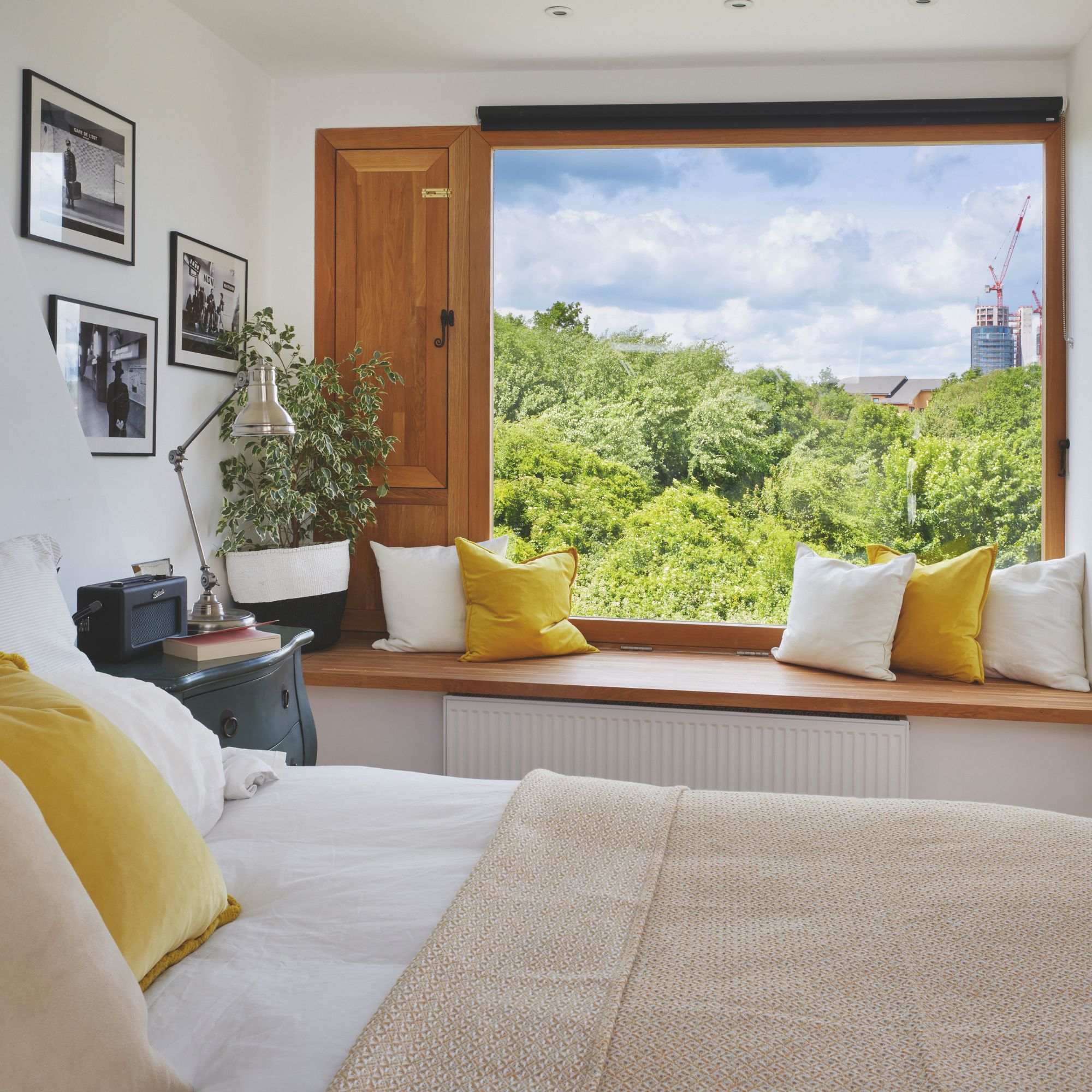
Before getting into how to go about getting a picture window in place, it is crucial to understand exactly what they are. It is also useful to be aware that they are also sometimes referred to as fixed windows.
'Large single-pane windows with slender frames are commonly known as picture windows because they perfectly frame the view,' explains Edward Stobart, technical sales manager at IDSystems.
'With slim frames and more glass, picture windows have become a hugely popular option for those undertaking extension or renovation projects,' continues David. 'Whilst the picture window itself is almost always a fixed window to reduce the amount of visible frame, for larger fixed windows there is the potential to incorporate opening sashes at one side to allow for ventilation.'

A long serving member of the IDSystems team, for the past 20 years Edward has advised and supported self-builders and renovators to identify the most suitable glazing options for their project. He has recently finished a complete renovation and remodel of his own home, transforming a tired 1960s house into a stylish modern family home.. His expertise ensures that each project is equipped with cutting-edge, bespoke glazing designs that enhance both functionality and aesthetics.
What types of glazing can you use for picture windows?
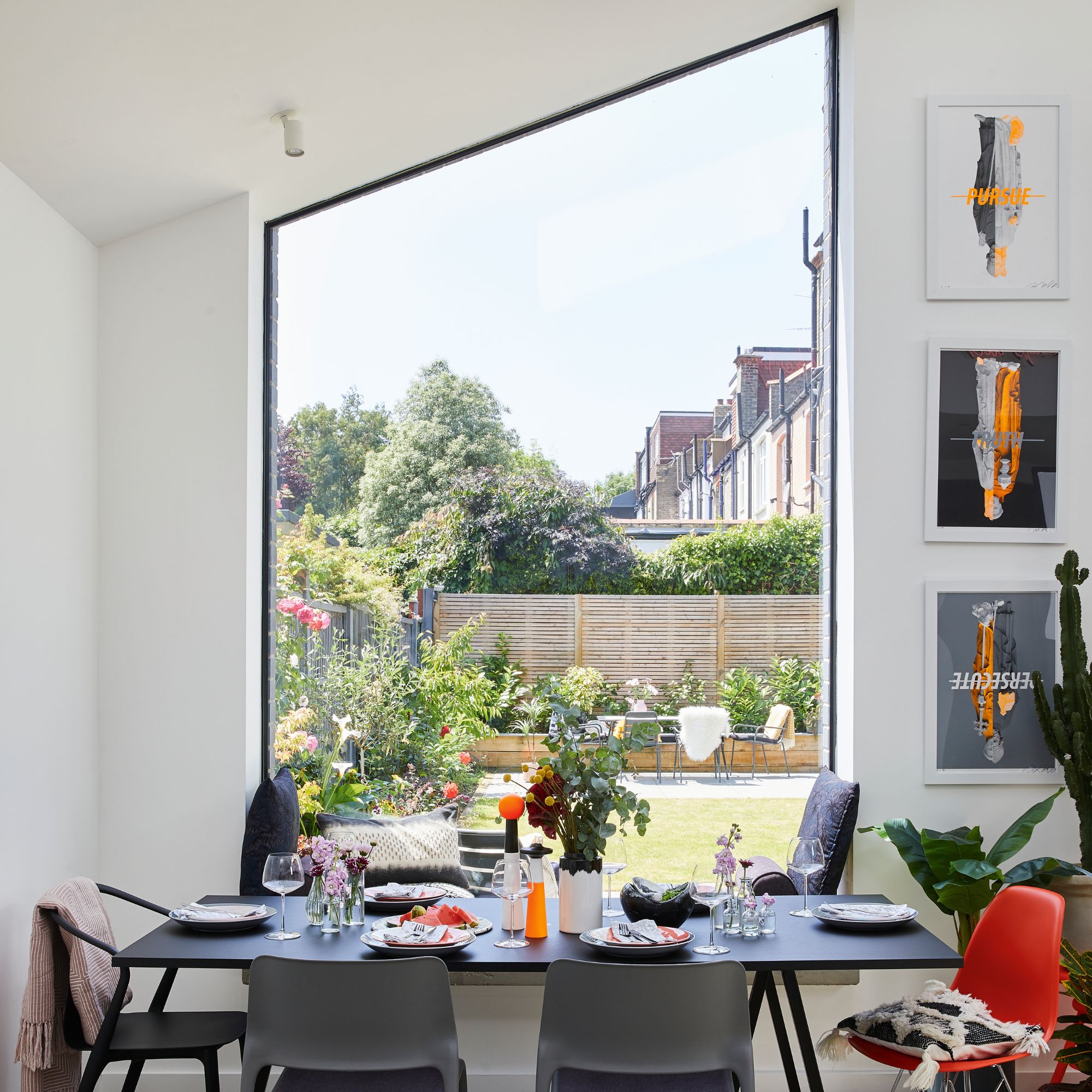
Just as with other styles of windows, there are several types of glazing you can have fitted into your picture window, with the main two being double and triple glazing.
Sign up to our newsletter for style inspiration, real homes, project and garden advice and shopping know-how
Both offer good thermal efficiency, with triple glazing offering more than double. However, it is useful to note than for most UK homes, double glazing will usually perform just fine, plus it is more affordable and lightweight.
If you are aiming for particularly high levels of thermal efficiency, for example if you are retrofitting to make your home more energy efficient or even building to Passivhaus standards, live in a very exposed setting or are concerned about soundproofing, then triple glazing might be your best option.
What are the pros and cons of picture windows?
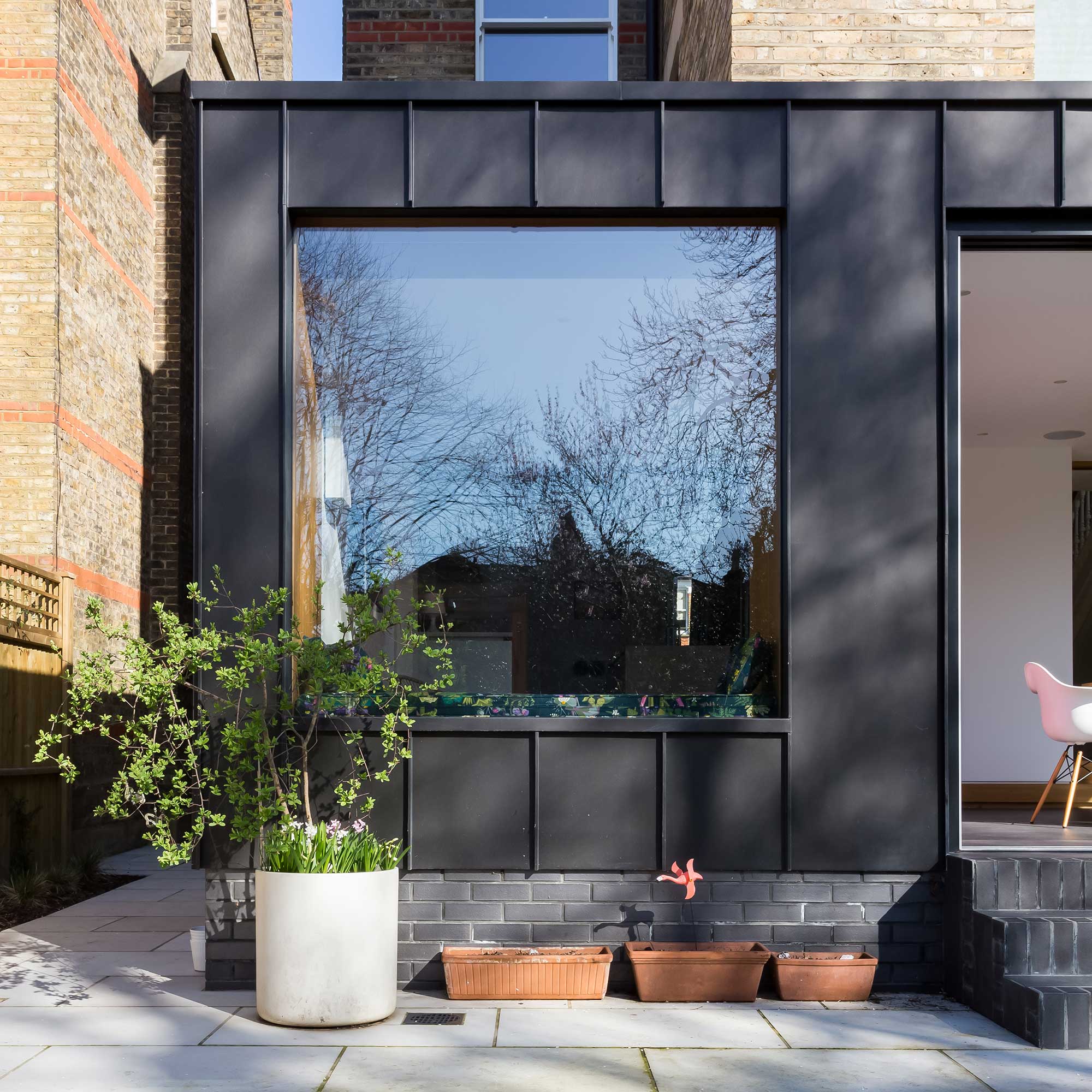
If you're extending, then incorporating some wow-factor extension design features might be high up on your wish list. But as with any type of window there are a couple of points to consider when deciding whether a picture window is right for your home, your extensions ideas and your needs. To help with this decision, it is useful to be aware of their pros and cons.
Pros of picture windows
- Energy efficient
- Available in huge sizes so let in lots of light
- Suitable for both modern and traditional homes
- Give uninterrupted views
- Cheaper than bifold or sliding doors
- Opportunity for window seat
Cons of picture windows
- Rarely available off-the-shelf in standard sizes
- Require a good view to be worthwhile
Where is the best place to install a picture window?
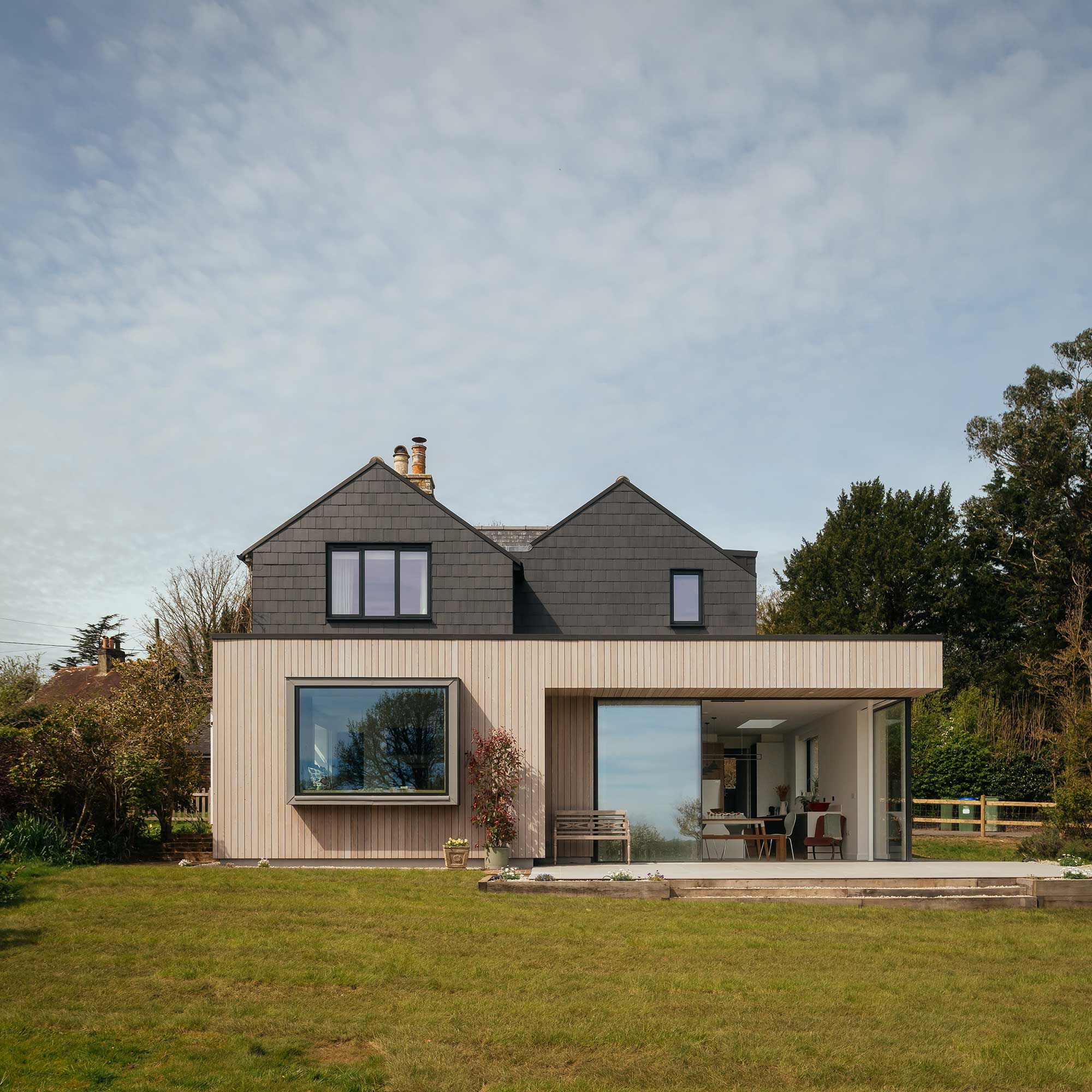
Positioning is key when it comes to making the most of picture windows – obviously they will need to be installed in a spot where they can take maximum advantage of any views of your garden ideas brought to life.
'Picture windows work best on larger apertures, which typically come from newly formed openings in extensions or by removing brickwork below an existing window to make the opening significantly larger,' explains Edward Stobart. 'Simply replacing an existing window with a single, large fixed frame can make it harder to create the much sought-after picture window look – although it depends on the project.'
There is also nothing to say that a picture window should be fitted on one wall only – those that are designed to wrap around corners look stunning as well as offering multi-dimensional views and pulling in extra light.
'For an eye-catching design feature, frameless glass-to-glass corners provide a real ‘wow-factor’ and create stunning panoramic views by removing the need for a window frame in the corner of the room,' explains Edward.
How big can picture windows be?
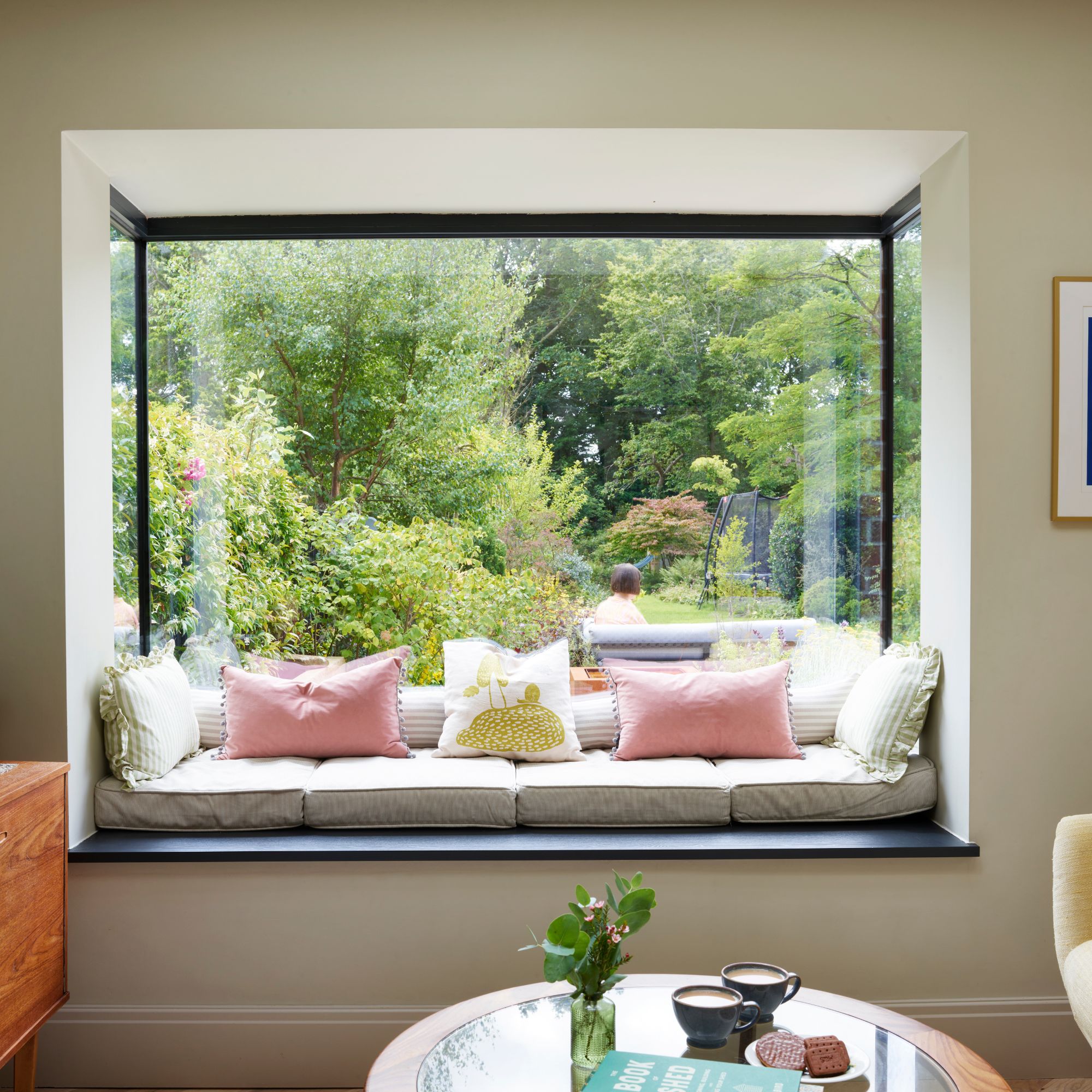
One of the most appealing aspects of picture windows is how big they can be.
'For those considering a picture window for their home, the standard rule is the bigger the better,' states Edward Stobart. 'More glass means more light let in as well as more of the view out – whether that be overlooking the garden or making the most of views over the countryside or coastline.
'Over the past 20 years as glass technology has developed, larger and larger double or triple-glazed units have become more readily available for domestic projects, allowing for bigger and bigger windows,' continues Edward. 'At the same time, utilising aluminium as a frame material has allowed for narrower profiles with enhanced performance and rigidity.'
So just how big are we talking? 'Typically, for residential properties, a picture window would be as close to full height from floor to ceiling as possible, although opting to include a window seat – which is one of the biggest interior design trends at the moment – would reduce the height,' explains Edward. 'If space allows, then a width of 1.2m+ allows for optimal views.'
Are picture windows energy efficient?
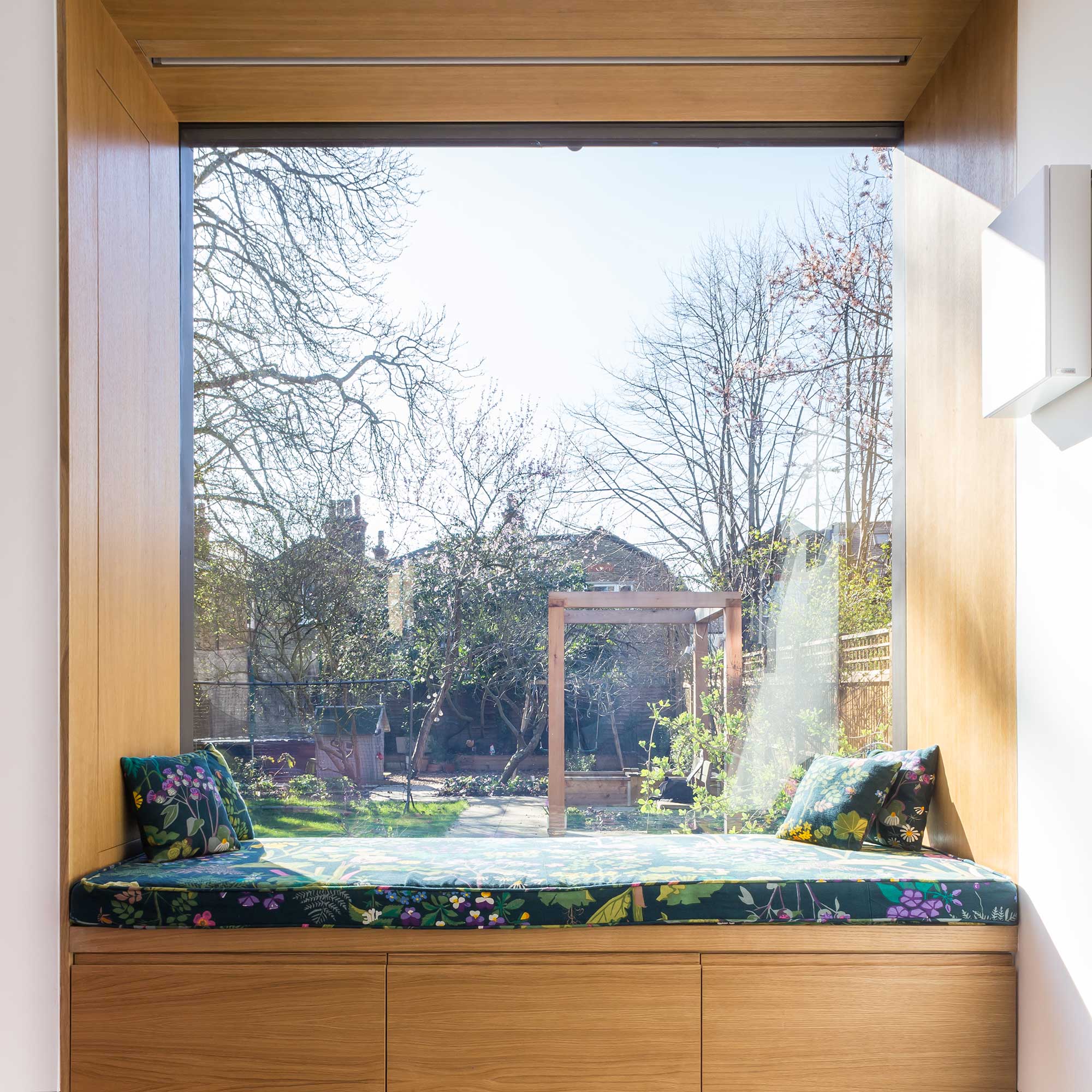
Who isn't after a few energy saving tips for the home at the moment? How energy efficient a picture window will be largely depends on the type of glazing you opt for, as well as your choice of frame material.
That said, the fact that they are fixed can really help with thermal efficiency when compared to other types of window as this means that they are totally sealed within the frame.
Having new windows installed is the perfect time to assess the draught-proofing ideas throughout the rest of your house too.
What's the difference between a bay window and a picture window?
There can be some confusion between bay window ideas and picture windows but there are actually some key differences that separate the two.
Unlike most picture windows, bay windows extend out from the wall of a house and are made up of three windows which can be casements, sash or fixed. They tend to be more difficult to retrofit than picture windows as well as more expensive.
What is the average cost of a picture window?
If you are worrying about the cost of a new picture window, the good news is that they are certainly not as expensive as some of your other options for glazing that connects your interior spaces to the outside, including patio doors.
'Fixed-frame windows offer a cost-effective alternative to large sliding or bifold doors,' reassures Edward Stobart.
It is really hard to give an exact cost here as there are so many factors that will influence what you pay, including the material the frame is made from, the glazing you choose and the size of the window you opt for.
As a rough guide, fixed window costs tend to hover around £500/m2 for supply only.
Can you install a picture window yourself?
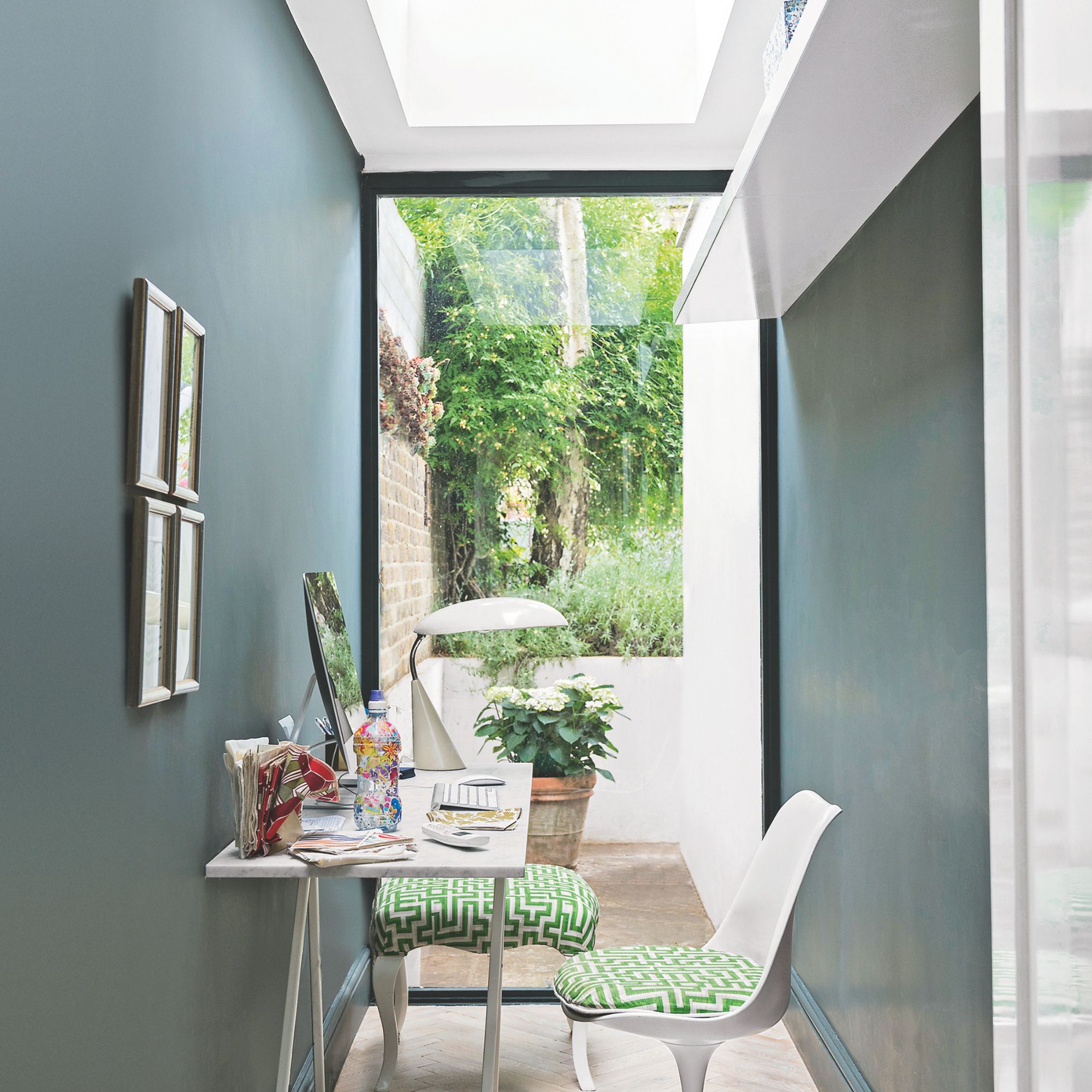
While some experienced DIYers do tackle the task of installing a picture window themselves, professional fitting is always going to be the safest option – this is not one of those easy DIY projects. You should also check that you won't be invalidating any warranties by carrying out DIY installation.
If you are fitting a new picture window into an existing opening of the same size, then things will be far simpler than if you need to expand (or reduce) the size of the opening.
If you plan on fitting a very large picture window, this will not be a solo job either.
FAQs
Is a picture window a good idea?
In the majority of cases a picture window will always be a good idea – plus, if you are wondering how to add value to your home, it really will help matters.
Of course, its positioning will be key – there is little point in fitting one into a wall facing a brick wall, for example. You will also need to think through window dressings and your curtain ideas as, depending on the orientation of the room you are installing it into, a large opening such as this will bring in lots of sunshine at certain times of the day.
And, finally, if you want an opening window, you might be better off looking at bifold or sliding doors instead.
Where can you buy picture windows?
There are several highly regarded suppliers of picture windows, including: IDSystems, Kloeber and Origin.
Picture windows really are one of the biggest home renovation trends going right now, but don't let that fool you into thinking they are just a flash in the pan thing – this is one investment that will last you for many years to come.

Natasha has been writing about everything homes and interiors related for over 20 years and, in that time, has covered absolutely everything, from knocking down walls and digging up old floors to the latest kitchen and bathroom trends. As well as carrying out the role of Associate Content Editor for Homebuilding & Renovating for many years, she has completely renovated several old houses of her own on a DIY basis.
You must confirm your public display name before commenting
Please logout and then login again, you will then be prompted to enter your display name.